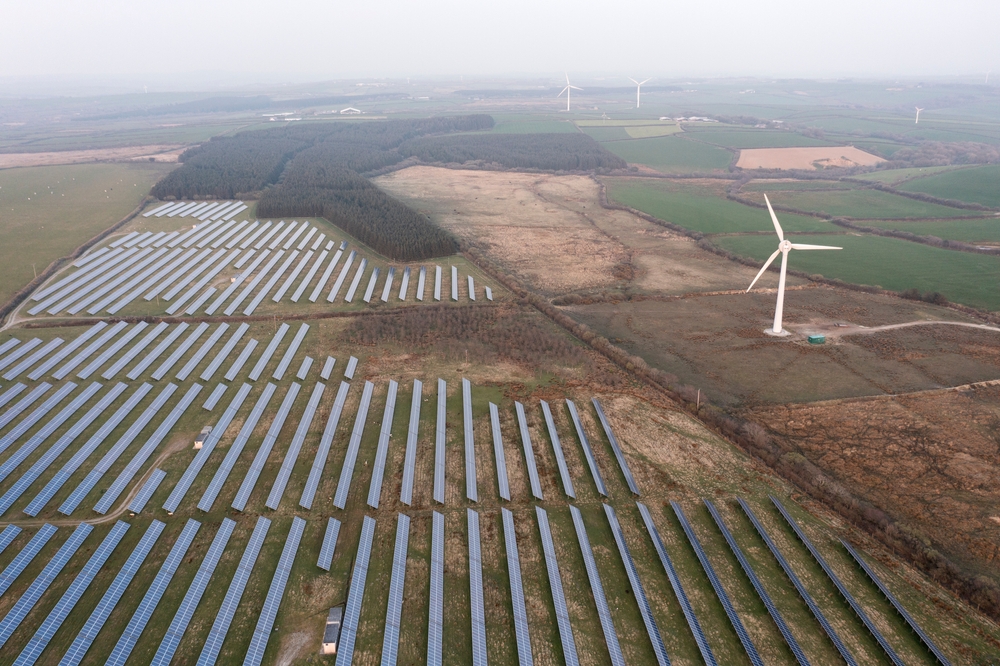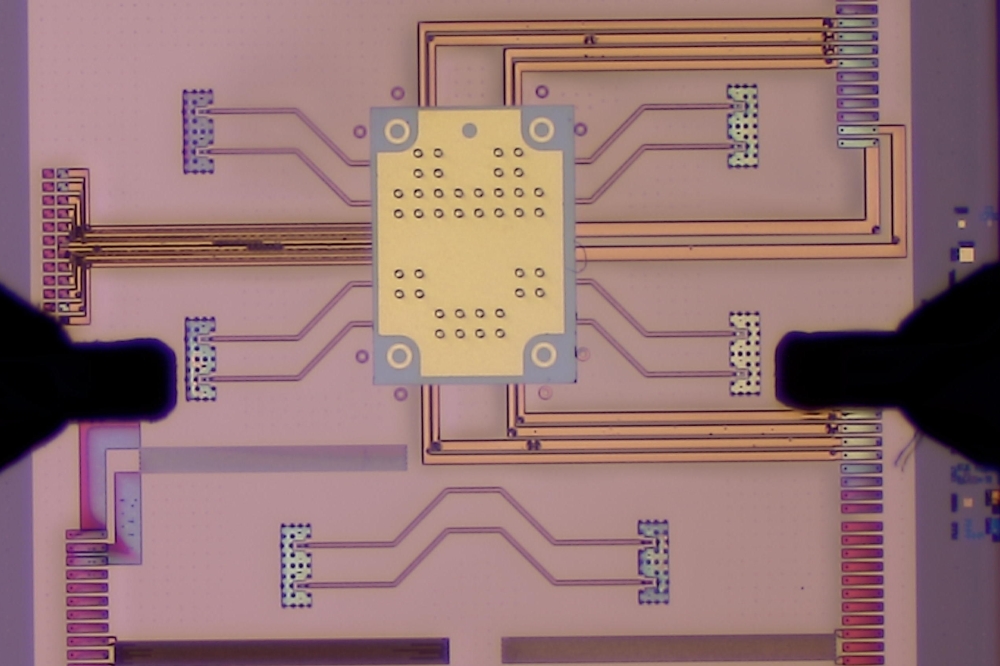Bell Labs Researchers Build World's Longest Wavelength Semiconductor Laser
Source: Bell Labs
MURRAY HILL, N.J. Scientists at Bell Labs, the research and development arm of Lucent Technologies (NYSE:LU), have built a semiconductor laser that emits light in the far reaches of the infrared spectrum, a region where it is notoriously difficult to get lasers to work.
It is the longest wavelength semiconductor laser ever made from standard semiconductor materials used in photonics and belongs to a class of high-performance lasers - known as quantum cascade (QC) lasers - that were invented at Bell Labs. The new laser may be used for very sensitive chemical analysis and diagnostic applications.
"Such lasers could be used to detect minute traces of pollutants in the stratosphere and in medical and combustion diagnostics," said Federico Capasso, physical research vice president at Bell Labs and a member of the research team that designed the new laser. "They could detect chemical concentrations of a few parts per billion."
Although the light emitted by the laser is invisible to the naked eye, falling in the far infrared region of the electromagnetic spectrum, it is ideal for spectroscopic applications. This is because internal vibrations and rotations of gas molecules match the frequencies of infrared light strongly; when infrared laser light passes through a particular gas, the molecules of the gas absorb the light selectively. The unique fingerprints of gases make it possible for chemists to identify them reliably.
"This is a huge step forward in realizing the dream of using infrared sources to analyze the chemical contents of any mixture," said Professor Richard Zare of Stanford University s chemistry department, a world-renowned authority in spectroscopic techniques. "What is so exciting about this development is the possibility that quantum cascade lasers will become compact, robust infrared light sources for chemical analysis that can be inexpensively mass-produced."
The QC laser was invented in 1994 at Bell Labs by Capasso, Alfred Cho and their collaborators. Materials engineering allowed the Bell Labs researchers to achieve a high-powered laser that can emit light over a broad range of the electromagnetic spectrum. A QC laser s crystal structure contains up to 1000 alternating layers of two different semiconductors, some thinner than one billionth of an inch, which is the size of just a few atoms. By tailoring the thickness of these layers, the wavelength of the laser can be varied across an unprecedented range using the same combination of materials. No other lasers have this feature.
A QC laser operates like an electronic waterfall. When an electric current flows through the laser, electrons cascade down an energy staircase; every time they hit a step, they emit a photon of infrared light. The emitted photons are reflected back and forth inside the semiconductor layers at the core of the laser, stimulating the emission of other photons. This amplification process enables high output power. (For more information about the QC laser, including graphics, see http://h1.div111.lucent.com/external/projects/qcl/qcl.html.)
At far infrared wavelengths, conventional semiconductor laser designs do not work well since the semiconductor layers needed to make room for the long wavelength become prohibitively thick. Even the standard QC laser design does not work well because a lot of the long wavelength light gets absorbed before it can be reflected enough times to induce a cascade of light of enough intensity to produce a laser.
Bell Labs researchers recently overcame these hurdles and created the much-sought long wavelength QC laser by using a novel laser design that managed to concentrate the light created in the light-emitting region and guide it across a single plane, instead of a thick layer stack. As photons were produced, they were attracted by the so-called surface plasmon - a sheet of light that is traveling along the interface of the semiconductor layers and the metal contact.
The new quantum cascade laser emits up to 15 milliWatts of peak power at a wavelength of nearly 20 microns at temperatures up to -191 degrees Fahrenheit or -124 degrees Celsius.
The team that designed the latest QC laser included Bell Labs researchers Alessandro Tredicucci, Claire Gmachl, Michael Wanke, Albert Hutchinson, Deborah Sivco and Sung-Nee Chu, in addition to Capasso and Cho. The researchers described their work in a recent issue of the journal Applied Physics Letters.
Recently, Lucent licensed its QC laser technology to Applied Optoelectronics, Inc., a company based in Sugarland, Texas.
Bell Labs is celebrating its 75th anniversary this year. One of the most innovative R&D entities in the world, Bell Labs has generated more than 27,000 inventions since 1925. It has played a pivotal role in inventing or perfecting key communications technologies for most of the 20th century, including transistors, digital networking and signal processing, lasers and fiber-optic communications systems, communications satellites, cellular telephony, electronic switching of calls, touch-tone dialing, and modems.
Today, Bell Labs continues to draw some of the best scientific minds. With more than 27,000 employees located in 29 countries, it is the largest R&D organization in the world dedicated to communications and the world s leading source of new communications technologies.
Lucent Technologies, headquartered in Murray Hill, N.J., U.S.A., designs and delivers the systems, software, silicon and services for next-generation communications networks for service providers and enterprises. Backed by the research and development of Bell Labs, Lucent focuses on high-growth areas such as optical and wireless networks; Internet infrastructure; communications software; communications semiconductors and optoelectronics; Web-based enterprise solutions that link private and public networks; and professional network design and consulting services. For more information on Lucent Technologies and Bell Labs, visit the company s Web site at http://www.lucent.com or the Bell Labs Web site at http://www.bell-labs.com.
CONTACT: Lucent Technologies, Murray Hill Saswato Das, 908/582-4824, srdas@lucent.com
Lucent Technologies, Murray Hill
Saswato Das, 908/582-4824, srdas@lucent.com
E-mail: srdas@lucent.com
Web site: http://www.bell-labs.com































